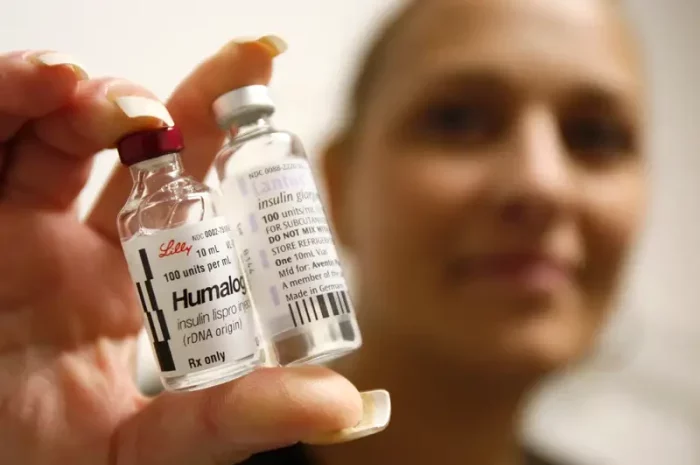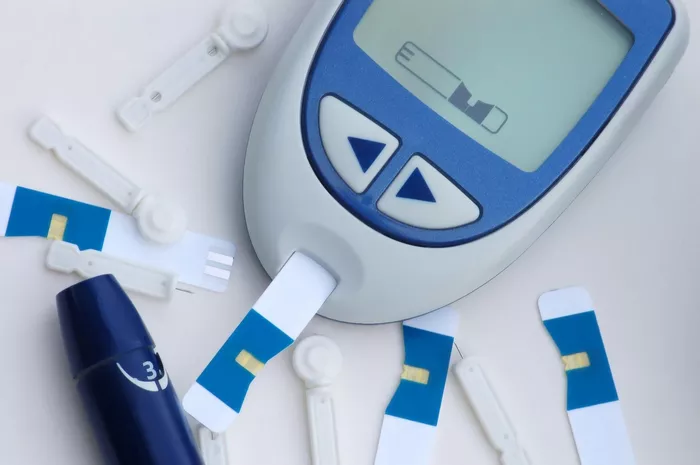Diabetes mellitus, a chronic metabolic disorder characterized by elevated blood sugar levels, affects individuals of all ages worldwide. While diabetes can manifest at any stage of life, certain age groups are more susceptible to its onset and prevalence. Understanding the distribution of diabetes across different age groups is crucial for targeted prevention, screening, and management strategies. In this comprehensive article, we delve into the epidemiology of diabetes, exploring its prevalence, risk factors, and implications across various age groups.
The Spectrum of Diabetes: A Multifaceted Condition
Diabetes encompasses a spectrum of diseases characterized by hyperglycemia, resulting from defects in insulin secretion, insulin action, or both. The two primary forms of diabetes are type 1 diabetes and type 2 diabetes, each with distinct etiologies, pathophysiological mechanisms, and demographic patterns.
- Type 1 Diabetes: Type 1 diabetes, formerly known as juvenile-onset or insulin-dependent diabetes, typically develops during childhood or adolescence, although it can occur at any age. Type 1 diabetes is an autoimmune disease characterized by the destruction of pancreatic beta cells, leading to absolute insulin deficiency and dependence on exogenous insulin therapy for survival.
- Type 2 Diabetes: Type 2 diabetes, the most common form of diabetes, typically occurs in adulthood, although its prevalence is increasing among children and adolescents due to rising obesity rates and sedentary lifestyles. Type 2 diabetes is characterized by insulin resistance, impaired insulin secretion, and progressive beta cell dysfunction, often preceded by prediabetes, a precursor state characterized by elevated blood sugar levels that are not yet diagnostic of diabetes.
Diabetes Across the Lifespan: Age-Related Patterns and Trends
The prevalence and incidence of diabetes vary across different age groups, reflecting underlying demographic, genetic, environmental, and lifestyle factors. Understanding the age-related patterns and trends of diabetes prevalence can inform targeted interventions and public health initiatives aimed at reducing the burden of diabetes and its complications.
- Childhood and Adolescence: Type 1 diabetes is the predominant form of diabetes in childhood and adolescence, accounting for the majority of diabetes cases in individuals under the age of 20. The peak age of onset for type 1 diabetes occurs during puberty, with a secondary peak observed in early adulthood. While type 1 diabetes remains the primary concern in pediatric populations, the prevalence of type 2 diabetes is increasing among adolescents, particularly in high-risk populations with obesity, sedentary lifestyles, and poor dietary habits.
- Adulthood: Type 2 diabetes is most common in adulthood, with the prevalence increasing with age, particularly after the age of 45. Aging is a significant risk factor for type 2 diabetes, as physiological changes such as decreased insulin sensitivity, impaired glucose tolerance, and beta cell dysfunction predispose older adults to hyperglycemia and metabolic dysregulation. The prevalence of type 2 diabetes varies by demographic factors such as ethnicity, socioeconomic status, and geographic location, with higher rates observed among certain racial and ethnic groups, such as African Americans, Hispanics, and Native Americans.
- Older Adults: Diabetes prevalence continues to rise among older adults, particularly those aged 65 and older, due to population aging, longer life expectancy, and the accumulation of risk factors such as obesity, sedentary lifestyles, and comorbidities. Older adults with diabetes are at increased risk of complications such as cardiovascular disease, stroke, kidney disease, neuropathy, retinopathy, and cognitive impairment, highlighting the importance of early detection, prevention, and management strategies in this vulnerable population.
Risk Factors and Determinants of Diabetes Across Age Groups
Several risk factors and determinants contribute to the development and progression of diabetes across different age groups, including genetic susceptibility, environmental exposures, lifestyle behaviors, socioeconomic factors, and healthcare access.
- Genetic Predisposition: Genetic factors play a significant role in the etiology of both type 1 and type 2 diabetes, with certain genetic variants predisposing individuals to increased risk of diabetes. Family history of diabetes is a strong predictor of diabetes risk, particularly in individuals with first-degree relatives affected by the disease.
- Obesity and Sedentary Lifestyle: Obesity, sedentary behavior, and poor dietary habits are major modifiable risk factors for type 2 diabetes across all age groups. Excess body weight, particularly visceral adiposity, contributes to insulin resistance, inflammation, dyslipidemia, and metabolic dysfunction, increasing the risk of developing type 2 diabetes over time. Physical inactivity exacerbates these metabolic abnormalities, impairing glucose tolerance, insulin sensitivity, and cardiovascular health.
- Dietary Patterns: Dietary factors such as excessive sugar intake, high glycemic index foods, processed meats, and unhealthy fats contribute to the development of type 2 diabetes and its complications. Diets rich in fruits, vegetables, whole grains, lean proteins, and healthy fats can help prevent and manage diabetes by promoting weight loss, glycemic control, and cardiovascular health.
- Socioeconomic Status: Socioeconomic factors such as income, education, occupation, and access to healthcare services influence diabetes risk and outcomes across age groups. Individuals from disadvantaged socioeconomic backgrounds are disproportionately affected by diabetes due to limited access to healthy foods, safe environments, preventive healthcare services, and diabetes management resources.
- Ethnicity and Race: Ethnicity and race play a significant role in diabetes prevalence and outcomes, with certain racial and ethnic groups experiencing higher rates of diabetes and related complications. African Americans, Hispanics, Native Americans, and Pacific Islanders are at increased risk of type 2 diabetes compared to non-Hispanic whites, highlighting the importance of culturally tailored interventions and healthcare initiatives to address disparities in diabetes care and outcomes.
- Healthcare Access and Utilization: Access to healthcare services, preventive screenings, and diabetes management programs is critical for early detection, diagnosis, and treatment of diabetes across all age groups. Barriers to healthcare access, such as lack of health insurance, transportation, and language barriers, can impede timely diagnosis and management of diabetes, leading to worse outcomes and increased healthcare costs.
Conclusion: A Lifespan Approach to Diabetes Prevention and Management
In conclusion, diabetes is a prevalent and multifaceted disease that affects individuals across all age groups, from childhood to older adulthood. Understanding the age-related patterns and trends of diabetes prevalence, risk factors, and determinants is essential for developing targeted prevention, screening, and management strategies that address the unique needs and challenges of different age groups.
Efforts to promote healthy lifestyle behaviors, reduce modifiable risk factors such as obesity and sedentary behavior, improve access to healthcare services, and enhance diabetes management and self-care support are crucial for reducing the burden of diabetes and its complications across the lifespan. By adopting a lifespan approach to diabetes prevention and management, healthcare providers, policymakers, and communities can work together to promote optimal health and well-being for individuals affected by diabetes, empowering them to live healthier, more fulfilling lives.

























